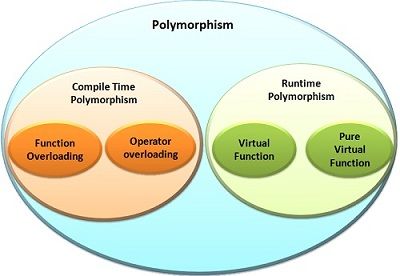
#DEFINE VIRTUAL REPRESENTATION KIDS SOFTWARE#
Developers and software testers can create new environments on demand to handle new tasks as they arise. Flexibility: Creating a VM is faster and easier than installing an OS on a physical server because you can clone a VM with the OS already installed.VMs can even move between on-premises and cloud environments, making them useful for hybrid cloud scenarios in which you share computing resources between your data center and a cloud service provider. This makes it possible to allocate workloads to servers that have spare computing power. Portability: VMs can be relocated as needed among the physical computers in a network.


Resource utilization and improved ROI: Because multiple VMs run on a single physical computer, customers don’t have to buy a new server every time they want to run another OS, and they can get more return from each piece of hardware they already own.VMs offer several benefits over traditional physical hardware: Also check out the article, " 5 Benefits of Virtualization." The following video explains the basics of virtualization. Depending on the hypervisor’s capabilities, you can also set options like 3D acceleration for graphics. You can use the hypervisor to allocate physical resources to your VM, manually setting the amount of processor cores and memory it can use.
#DEFINE VIRTUAL REPRESENTATION KIDS INSTALL#
With a Type 2 hypervisor, you manually create a VM and then install a guest OS in it. Type 2 hypervisors run as an application within a host OS and usually target single-user desktop or notebook platforms. Depending on your needs, you might create multiple VM templates for different purposes, such as software testing, production databases, and development environments. You can use one VM as a template for others, duplicating it to create new ones. Some management tools, like VMware’s vSphere, let you select a guest OS to install in the VM. Typically, you use a separate software product to create and manipulate VMs on the hypervisor. Type 1 hypervisors run directly on the physical hardware (usually a server), taking the place of the OS. There are two primary types of hypervisors. The hypervisor acts like a traffic cop of sorts, directing and allocating the bare metal’s resources to each of the various new virtual machines, ensuring they don’t disrupt each other. Those resources include memory, RAM, storage, etc. Then, it can divide itself into several independent “virtual machines.”Įach of these new virtual machines can then run their own operating systems and applications independently while still sharing the original resources from the bare metal server, which the hypervisor manages. When a hypervisor is used on a physical computer or server, (also known as bare metal server), it allows the physical computer to separate its operating system and applications from its hardware.


 0 kommentar(er)
0 kommentar(er)
